Table of Contents
How to Season Pork Stew: Step-by-Step Guide
Properly seasoning pork stew requires strategic timing and balanced flavors. Follow these critical steps to create a rich, savory dish that impresses every time:
- Pre-browning seasoning: Generously season raw pork with kosher salt and freshly ground black pepper (1 tsp salt and 1/2 tsp pepper per pound of meat) 30 minutes before cooking to enhance flavor penetration.
- Aromatics foundation: Sauté diced onions (1 medium), minced garlic (3 cloves), and fresh ginger (1 tbsp) in rendered pork fat for 3-5 minutes until translucent.
- Spice blooming: Add dried spices (1 tsp cumin, 1 tsp paprika, 1/2 tsp thyme) to the aromatics and cook for 1 minute while stirring to release oils and intensify flavors.
- Liquid incorporation: Add broth (4 cups) and bay leaves (2), then simmer for 1 hour before adding fresh herbs.
- Final adjustments: Taste and adjust seasoning 10 minutes before serving. Add acidity (1 tbsp apple cider vinegar) to balance richness.
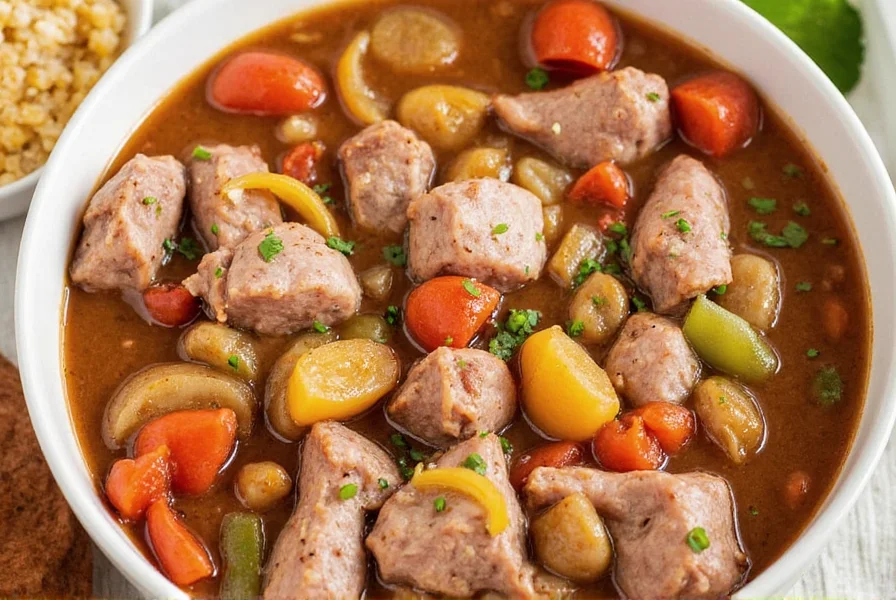
Essential Spices for Pork Stew
| Spice | Optimal Usage | Flavor Impact | Quantity per 2 lbs pork |
|---|---|---|---|
| Black Pepper | Ground fresh just before use | Pungent heat with floral notes | 1/2 tsp |
| Smoked Paprika | Bloomed in fat before adding liquid | Deep smokiness without heat | 1 tsp |
| Thyme | Fresh added last 15 minutes; dried early | Earthy, lemony complexity | 1 tbsp fresh or 1 tsp dried |
| Cumin | Lightly toasted before adding | Nutty warmth with citrus undertones | 1/2 tsp |
| Bay Leaves | Added with broth, removed before serving | Subtle herbal depth | 2 leaves |
| Garlic Powder | Added with aromatics for base flavor | Consistent savory foundation | 1/2 tsp |
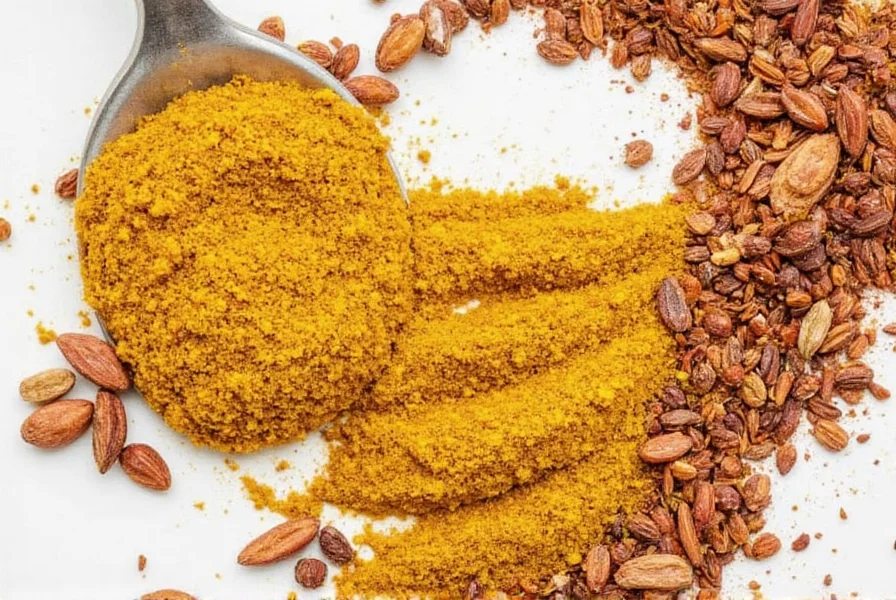
Customizable Flavor Profiles
Traditional Irish Style
Use 1 tbsp fresh parsley, 1 tsp dried marjoram, and 1/4 cup stout beer instead of broth. Add 1 carrot and 1 parsnip for sweetness. Skip cumin and smoked paprika.
Spicy Southwestern Style
Replace paprika with 1 tbsp chipotle powder, add 1 diced jalapeño with aromatics, and include 1 tsp oregano. Finish with lime zest and fresh cilantro.
Asian-Inspired Style
Use 1 tbsp ginger (freshly grated), 2 tbsp soy sauce, 1 tbsp hoisin sauce, and 1 star anise. Garnish with green onions and sesame seeds.
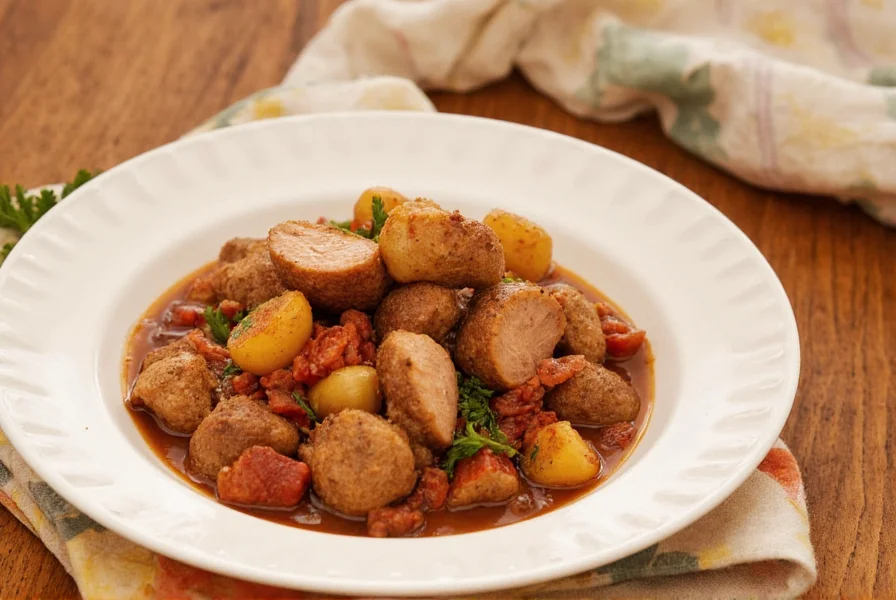
Common Seasoning Mistakes & Fixes
- Over-salting: Add unsalted potatoes (1 small, diced) to absorb excess salt. Simmer 15 minutes then remove. Never add more liquid than needed.
- Weak flavor base: Sauté aromatics longer (5-7 minutes) until caramelized. Add 1 tbsp tomato paste with spices for depth.
- Herb timing errors: Fresh herbs added too early lose flavor. Add delicate herbs (parsley, cilantro) in last 5 minutes. Sturdy herbs (rosemary, thyme) can be added earlier.
- Spice clumping: Mix dried spices with 1 tbsp oil before adding to prevent clumping. This ensures even distribution throughout the stew.
Buying Guide for Seasoning Ingredients
1. Salt Selection
Recommendation: Use coarse kosher salt for seasoning meat (1.5 tsp per pound) and fine sea salt for finishing. Avoid iodized table salt which can impart metallic taste.

2. Pepper Quality
Recommendation: Buy whole black peppercorns and grind fresh using a burr grinder. Pre-ground pepper loses 40% of its volatile oils within 30 days. Store in airtight container away from light.
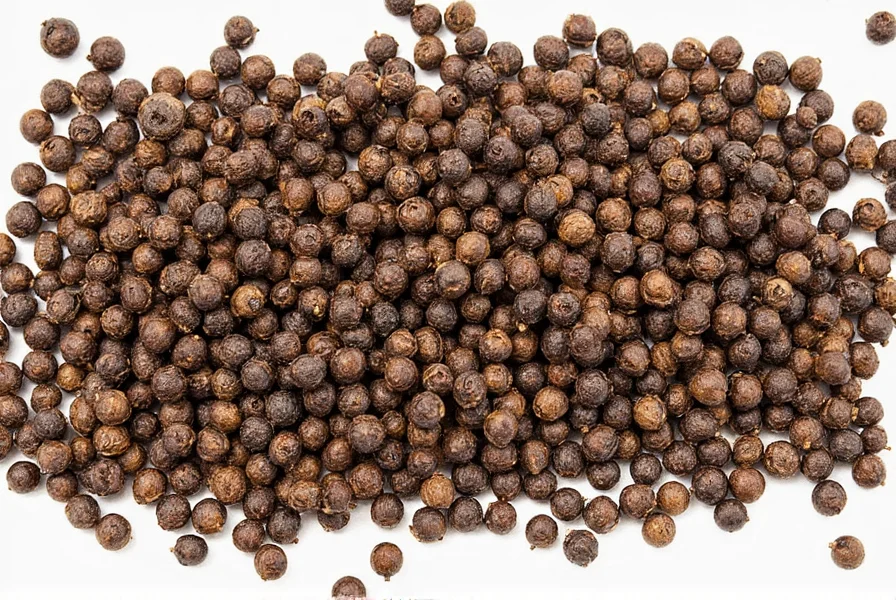
3. Spice Freshness Test
Crush a small amount between your fingers. Fresh spices should release strong aroma immediately. If you smell nothing or only faint scent, replace them. Most ground spices lose potency after 6 months.
Frequently Asked Questions (FAQ)
1. What is the most important step in seasoning pork stew?
The most critical step is blooming spices in fat before adding liquid. This releases essential oils and maximizes flavor extraction. Simply adding spices to broth without blooming results in 30-50% less flavor intensity.
2. Can I use pre-made seasoning blends for pork stew?
Yes, but choose blends specifically designed for stews (not general-purpose). Most commercial blends contain unnecessary fillers. For best results, create your own blend: combine 2 parts smoked paprika, 1 part cumin, 1 part thyme, and 1/2 part garlic powder. Store in airtight container for up to 3 months.
3. How do I balance sweetness and savory in pork stew?
Balance sweet elements (carrots, potatoes, apples) with acid (1-2 tbsp vinegar or lemon juice) and umami (soy sauce, tomato paste). Start with 1/4 cup sweet vegetables per pound of pork, then adjust acidity after simmering. The ideal ratio is 3:1 savory to sweet.
4. Why does my pork stew taste bland even with many spices?
Blandness usually indicates improper timing or technique. Common causes: 1) Spices added too late (not bloomed in fat), 2) Insufficient salt (salt enhances other flavors), 3) Overcooked aromatics (burnt garlic loses flavor), 4) Not reducing broth enough (concentrates flavors). Always taste and adjust seasoning at multiple stages.
5. What's the difference between dried and fresh herbs in pork stew?
Dried herbs (thyme, rosemary) are more concentrated and should be added early to infuse flavors during simmering. Fresh herbs (parsley, cilantro) are delicate and should be added in last 5-10 minutes to preserve their bright flavor. Use 1 tbsp fresh herbs for every 1 tsp dried herbs as a general rule.

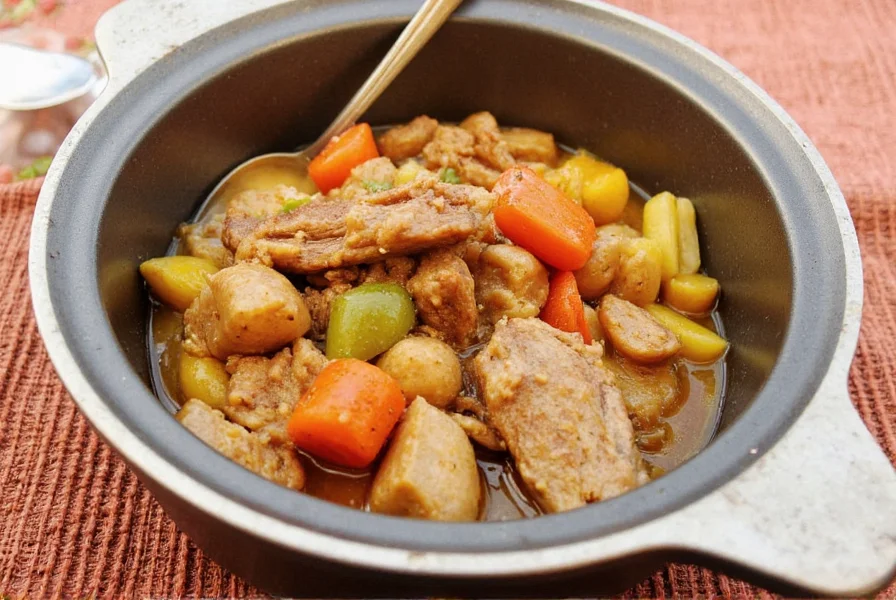









 浙公网安备
33010002000092号
浙公网安备
33010002000092号 浙B2-20120091-4
浙B2-20120091-4